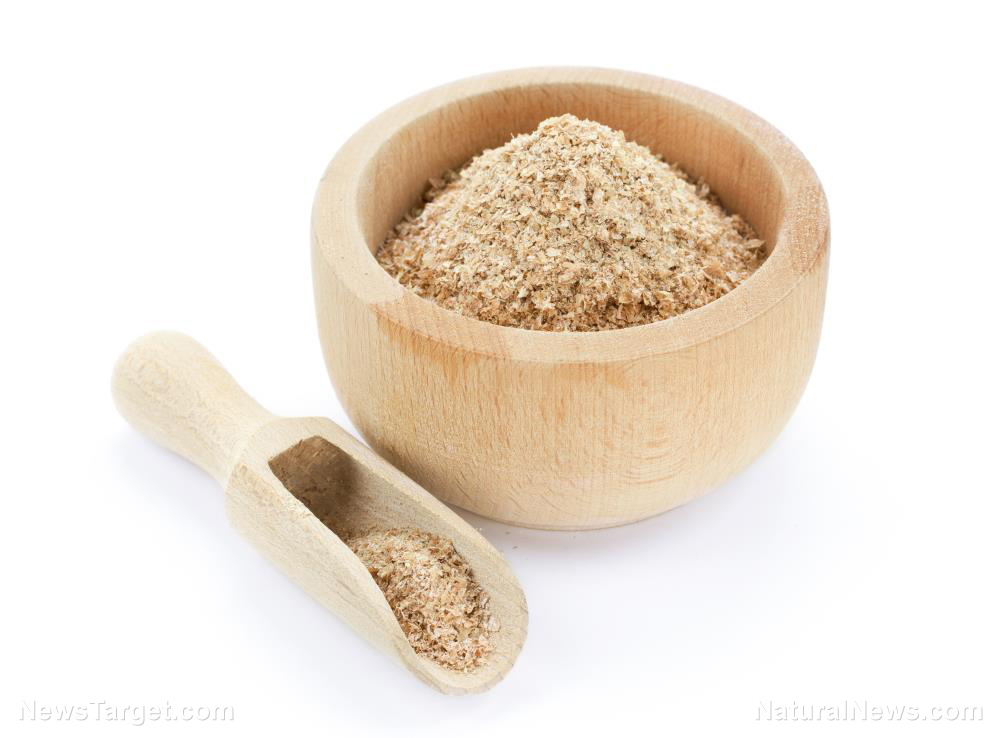Compounds found in green tea and red wine may be able to treat congenital metabolic diseases
09/12/2018 / By Edsel Cook

Every cup of green tea and glass of red wine you imbibe protects your body from toxic substances. Some of those harmful metabolites trigger inborn congenital metabolic diseases. An Israeli study suggests that green tea and red wine contain natural compounds that might be able to treat these particular disorders by blocking metabolite formation, a recent article in Science Daily stated.
Hereditary metabolic disorders often stem from an abnormal gene that prevents the production of an important metabolic enzyme. Patients who suffer from these diseases typically have no choice but to follow a tough diet their whole lives.
However, a Tel Aviv University (TAU) study provides another option for these people. It reported that green tea and red wine contain plant-based compounds that can amend the metabolic problems.
For green tea, it is epigallocatechin gallate, a natural substance that is being closely studied for its possible benefits to human health. For red wine, it is tannic acid, which has been shown to stop the development of Alzheimer’s disease, Parkinson’s disease, and other neurodegenerative disorders.
TAU researcher Shira Shaham-Niv explained that metabolites serve many important purposes in the body. Because excessive amounts of anything always ends up being toxic, metabolite levels are normally regulated by metabolic enzymes.
Inborn congenital metabolic diseases prevent the production of those regulatory enzymes. The metabolites are able to accumulate until they reach toxic quantities that can harm human development and cause mental disorders.
“Our new study demonstrates once again the ability of nature to produce the best candidate of drugs to treat some of the worst human maladies,” said Shaham-Niv. (Related: Green tea promotes healthy teeth and gums.)
Plant-based compounds in green tea and red wine can amend
Inborn metabolic disorders account for a large percentage of pediatric genetic diseases. For example, phenylketonuria (PKU) involves excessive amounts of the metabolite phenylalanine.
Infants suffering from PKU must never eat foods that contain phenylalanine. Otherwise, they will develop disorders that can debilitate them for the rest of their livers. But Shaham-Niv pointed out that maintaining a phenylalanine-free diet is next to impossible because the metabolite is present in most food products.
Shaham-Niv acknowledges that the primary method of preventing inborn congenital metabolic disorders is to avoid aggravating substances. However, he also hopes that his team’s study can spur the development of treatments for these disorders.
His new report draws from earlier research at the TAU laboratory of Professor Ehud Gazit. The first study showed that phenylalanine was not just able to assemble itself; it also formed amyloid structures seen in Alzheimer’s and Parkinson’s diseases.
The second study was also conducted by Shaham-Niv. He discovered that phenylalanine was not the only metabolite capable of self-assembly and forming amyloid aggregates. Other metabolites involved in inborn congenital metabolic diseases could also accomplish these.
Green tea and red wine prevent amyloid formation in metabolic diseases
In the new study, the TAU research team investigated epigallocatechin gallate and tannic acid as a way to stop the formation of amyloids in metabolic diseases. These two compounds have previously been shown to inhibit amyloid formation in neurodegenerative diseases.
The plant-based compounds were tested on adenine, phenylalanine, and cumulative tyrosine. These metabolites were connected with innate metabolic diseases.
The TAU researchers reported that both epigallocatechin gallate and tannic acid stopped toxic amyloid structures from forming. They confirmed the active mechanism of the substances through simulations.
“We are entering a new era of understanding the role and the importance of metabolites in various diseases, including metabolic diseases, neurodegenerative diseases, and even cancer,” remarked Shaham-Niv regarding the positive results of the study. “The tools we have developed are ground-breaking and have tremendous potential to help a wide range of patients in the future.”
For more articles about potential natural solutions to metabolic disorders, visit Health.news.
Sources include:
Tagged Under: alternative medicine, Amyloid, amyloid formation, epigallocatechin gallate, Green tea, green tea benefits, Herbs, metabolic diseases, metabolites, natural cures, natural medicine, natural remedies, neurodegenerative diseases, Phenylalanine, red wine, research, scientific, tannic acid



















